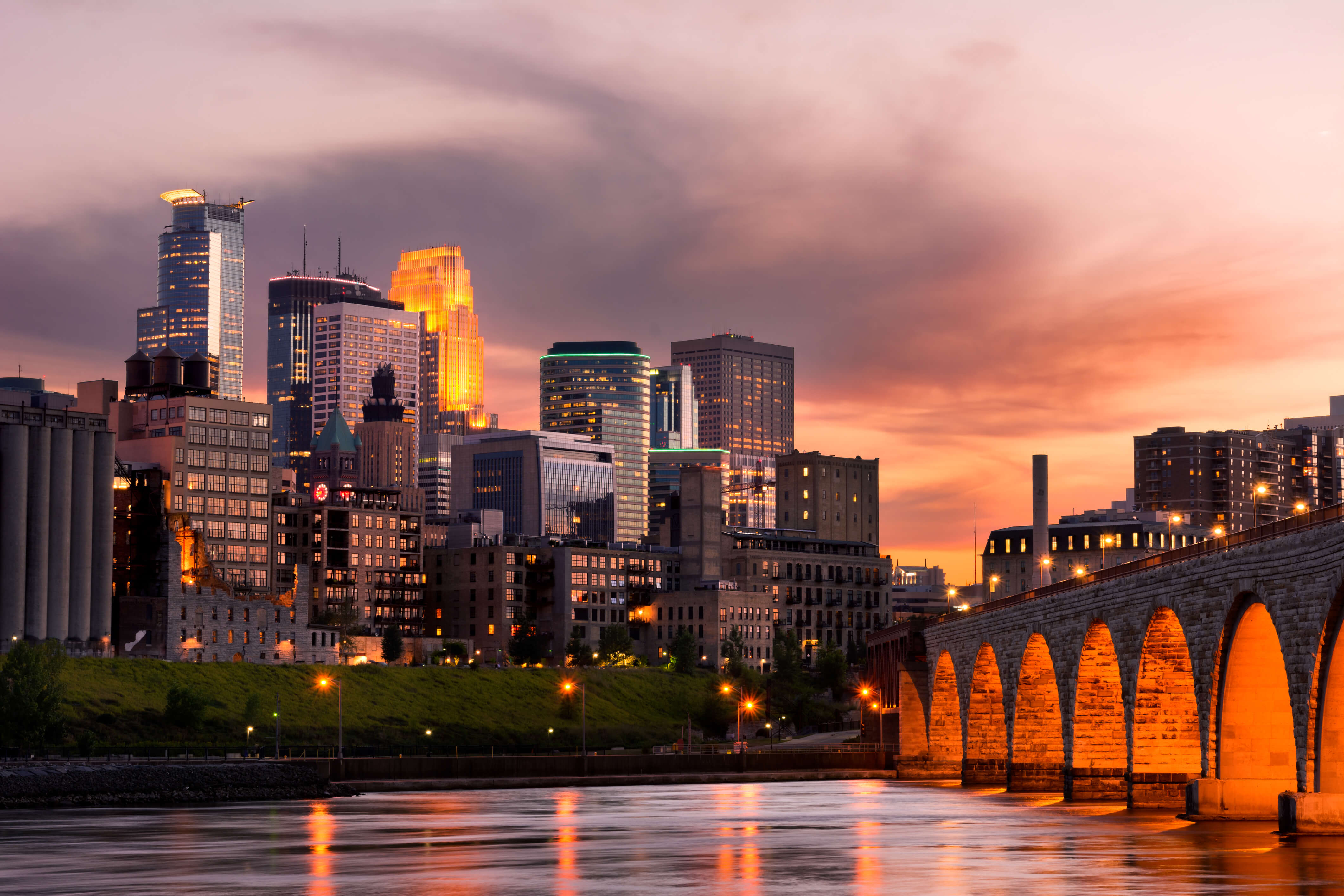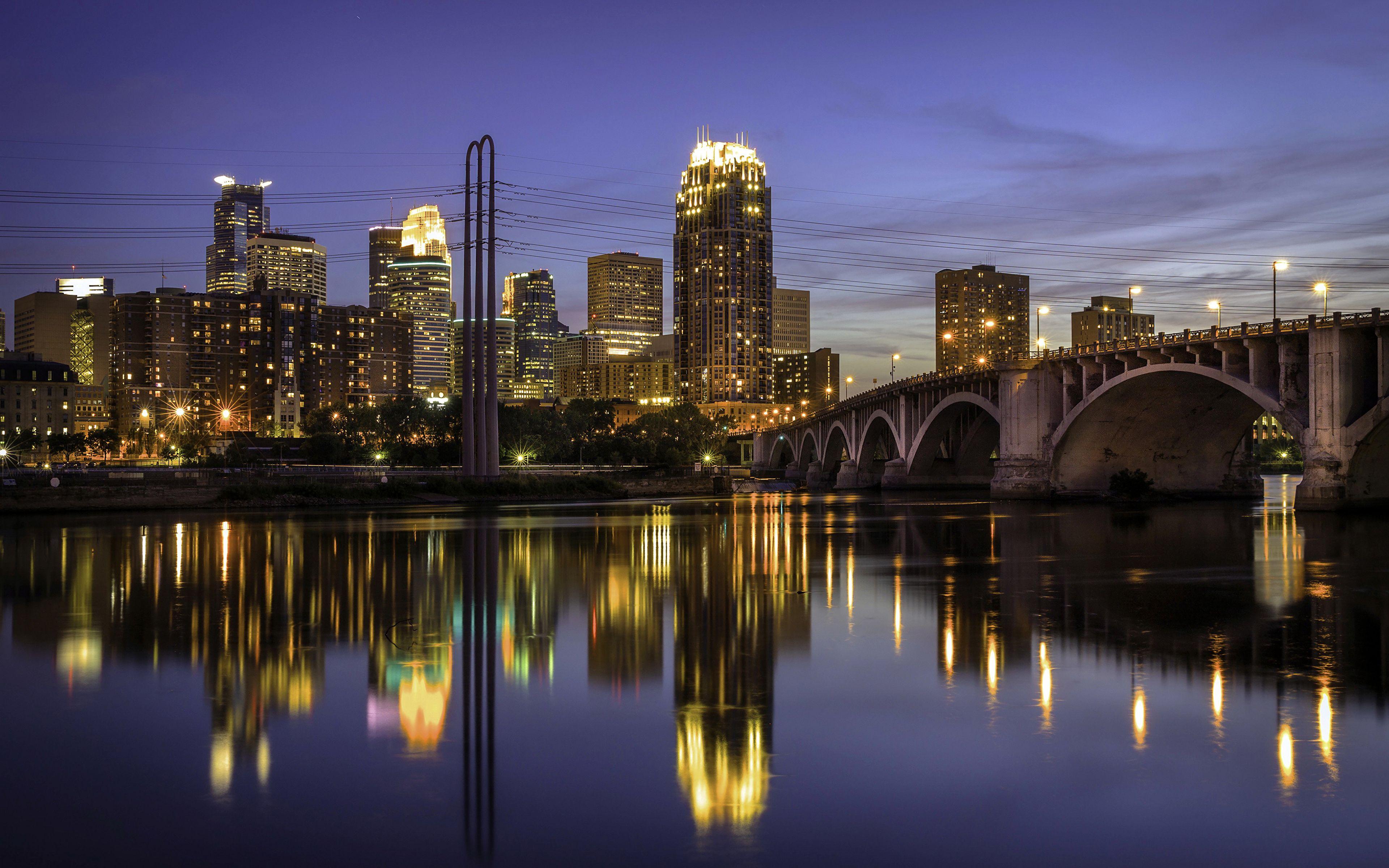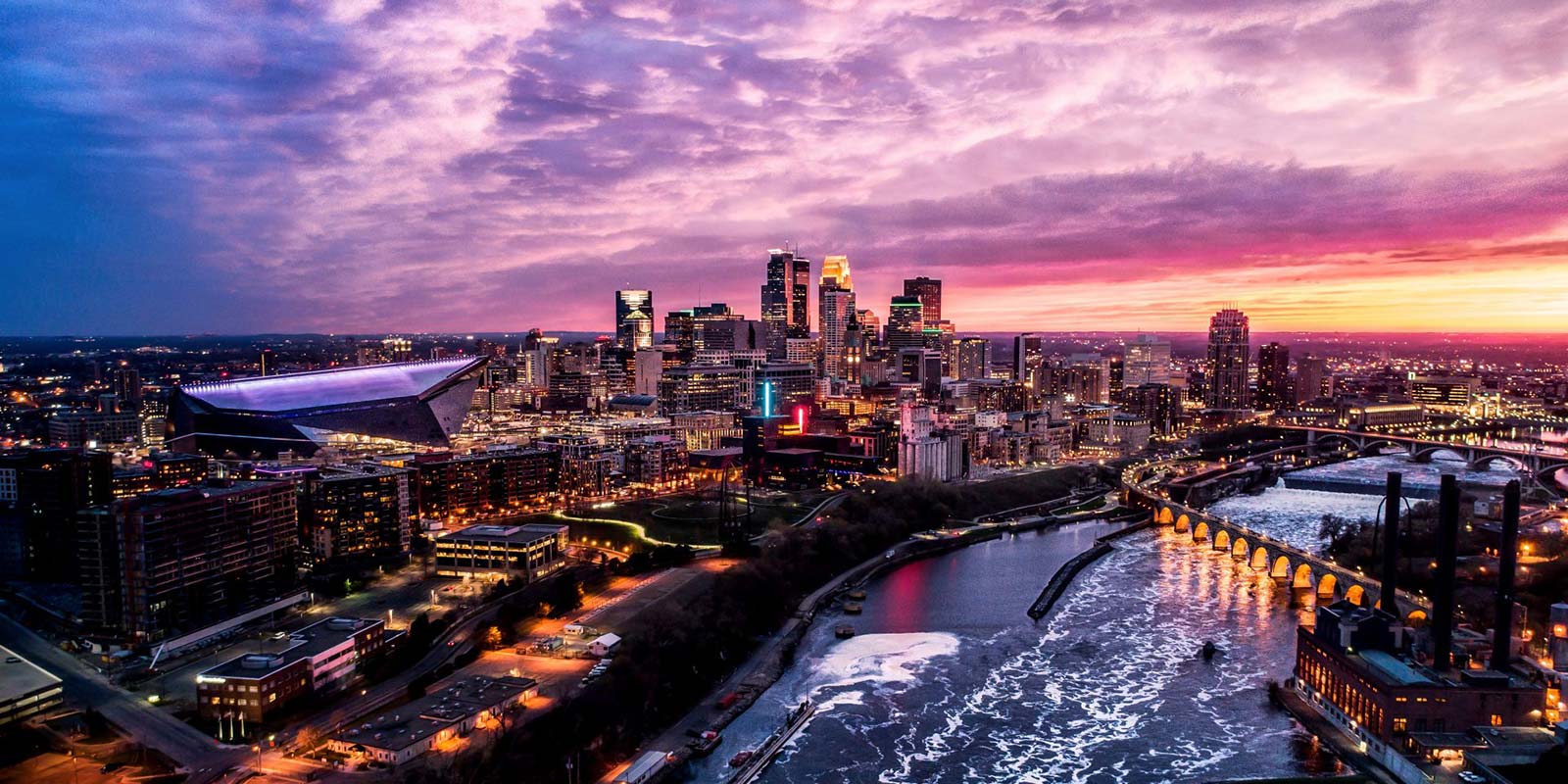Minneapolis Gang Map - Community Insights
When we think about our neighborhoods, a sense of belonging and safety often comes to mind, and it's almost natural to wonder about the things that shape these feelings. Many folks, especially those living in or thinking about Minneapolis, might find themselves curious about what truly makes a place feel secure, or perhaps what aspects might give them pause. It's really about getting a clearer picture of the environment we share, and sometimes, that involves looking at information that helps us grasp the various elements at play in a community. Understanding how different parts of a city connect, or where certain activities are more present, can help people feel more informed about their surroundings, you know?
This kind of curiosity often leads people to seek out specific details about local happenings, including things like neighborhood safety or where different groups might be active. For Minneapolis, there's a particular tool that helps paint a picture of where certain organized groups might have a presence, and that's often referred to as the Minneapolis gang map. It's a way for people to visually explore areas within the city, giving them a sense of where certain activities might be more common or where specific groups are thought to have a base, which is that kind of information many residents appreciate having access to.
So, this map, or rather, the idea behind it, provides a way to look at different parts of Minneapolis and get a sense of what's going on. It helps people see where incidents have happened, or where certain groups have been identified, giving a more complete view of the city's social fabric. This kind of visual aid can be quite helpful for residents, community leaders, and even those who work to keep everyone safe, offering a way to talk about and address local issues with a better grasp of the details, you see.
- Eminem Is A Clone
- Mike Connors
- Is Sophie B Hawkins Married
- Sophieraiin Of
- Richard Harrison Death Chumlee
Table of Contents
- Understanding the Minneapolis Gang Map - What It Shows
- How Does the Minneapolis Gang Map Help Us See Crime Patterns?
- Looking Back at History and the Minneapolis Gang Map
- What Do We Learn from the Minneapolis Gang Map About Safety?
- The Minneapolis Gang Map and Community Efforts
- Exploring Other Areas Beyond the Minneapolis Gang Map
- Where Can We Find More Details on the Minneapolis Gang Map?
- The Minneapolis Gang Map and Community Insights
Understanding the Minneapolis Gang Map - What It Shows
When you look at something like the Minneapolis gang map, you're getting a visual picture that shows where different groups are thought to be active, or where certain incidents have taken place. It's a tool that puts information about group presence and related events onto a city plan, making it easier to see how things are distributed across the area. This kind of map serves as a way for folks in law enforcement, groups working in the community, and even everyday residents to get a clearer idea of where certain group activities are more common, which is quite useful for local awareness, you know.
The map, in essence, provides a way to look at crime details based on where they happened and when. For instance, some of the information shows that disagreements between certain groups, like the Untouchables and the Gangster Disciples, have led to several shooting events, going all the way back to 2006, according to police accounts. A person named Mortenson, in fact, mentioned that some of these shooting events came from the friction between these two particular groups. The Untouchables, for example, are a local group that was connected to a number of shooting events and robberies in 2006, which really gives a sense of the history behind some of these connections, so.
Beyond just showing where groups are, these maps also give a chance to look at detailed crime numbers and overall trends for Minneapolis. You can explore which parts of the city are considered safer, compare how many incidents happen in different areas, and try to grasp the patterns of activity across the city. This information can help you find out how many groups are present, where they are located, and even get an idea of the makeup of these groups. There's also information about an estimated risk level associated with group activity and how these trends are changing over time, which is very helpful for a general understanding.
- Catryona Lei Scandal
- Am%C3%A9rica Guinart
- Gloria Torres Onlifans
- How Far Is Trieste From Venice
- Full Bush In A Bikini Trend
How Does the Minneapolis Gang Map Help Us See Crime Patterns?
So, how exactly does a visual representation, like the Minneapolis gang map, help us make sense of crime patterns? Well, it takes raw information about incidents and group locations and puts them into a format that's easy to look at and understand spatially. This way, you can literally see concentrations of activity or areas that might be experiencing more challenges, giving a clearer picture than just looking at lists of numbers. It helps people connect the dots between where they live or work and the broader social dynamics of the city, which is that kind of insight that can make a difference.
One way it helps is by showing where certain specific groups have been identified. For example, the information mentions groups like the 18th Street Gang, Tre Tre Crips, Stick Up Boys, and Young 'n Thuggin' (YNT). Seeing these names connected to particular areas on a map can help people understand the different influences at play in various neighborhoods. It's a way of making the abstract idea of "group activity" much more concrete and geographically specific, which is often what people need to really grasp the situation, you know?
The map also helps by providing a way to assess the safety of different neighborhoods. For instance, you can use tools that offer free and quick heatmaps to look at crime in Minneapolis. These tools let you learn which parts of Minneapolis are safest and which parts might be better to stay away from. You can also explore crime statistics and look at specific crime information for Minneapolis, all presented in a way that helps you see where things are happening. This kind of visual information really helps in forming a picture of the city's safety landscape, very much so.
Looking Back at History and the Minneapolis Gang Map
When we talk about something like the Minneapolis gang map, it's worth remembering that the challenges associated with organized groups aren't a new thing in the city. The problem of organized illegal activity in Minneapolis, going back to the early 20th century, was first brought to public attention by a writer named Lincoln Steffens in his book, "The Shame of the Cities." This book talked about widespread dishonest practices in major political groups in the 19th century and the ongoing efforts to fix these persistent issues, which gives a lot of background to current discussions, you see.
So, the map isn't just about what's happening right now; it also connects to a longer story of social and economic factors that contribute to the presence of these groups. By looking at these historical elements, along with current social and economic conditions, the Minneapolis gang map becomes an important way to understand and deal with the complicated issues that group activities present in the city. It's about seeing the bigger picture, not just isolated incidents, which is quite important for effective action, in a way.
There was even an evaluation done in 2010 focusing on "youth group crime and prevention services" in specific North Minneapolis neighborhoods like Folwell, Hawthorne, Jordan, and McKinley. This kind of assessment, along with the visual information from a map, helps to build a fuller story of what has been happening in these areas over time. It shows that there's been a consistent effort to understand and address these issues, which is a key part of the community's ongoing work, you know.
What Do We Learn from the Minneapolis Gang Map About Safety?
Looking at a tool like the Minneapolis gang map can tell us a fair bit about how safe a place is generally perceived to be. For instance, when we consider the overall safety of Minneapolis, some reports give the city a D+ grade, which indicates that the rate of incidents is higher than what you'd find in an average city in the United States. This grade helps put things into perspective, showing that there are certain challenges that the community is working through, which is a pretty straightforward way to look at it.
More specifically, Minneapolis ranks in the 27th percentile for safety. This means that it is considered safer than 27% of other cities, but less safe than 73% of them. This kind of ranking gives a clearer picture of where Minneapolis stands in comparison to other places, which is helpful for both residents and people considering moving there. It's a way of saying, "Here's where we are, and here's what we're working on," you know, giving a sense of the current situation.
There are resources like "Safemap" that aim to answer the question, "Is Minneapolis a safe city?" These tools allow you to explore crime in Minneapolis using a quick and free heatmap, as mentioned earlier. They help you learn which parts of Minneapolis are safest and which parts are better to avoid. This kind of direct information, often presented visually through a map, really helps people make informed choices about where they spend their time or where they might consider living, which is that kind of practical detail many people appreciate.
The Minneapolis Gang Map and Community Efforts
The Minneapolis gang map isn't just a static picture; it's a dynamic tool that can support community efforts to make the city a better place. By showing where certain activities are more common, it helps community groups and local leaders direct their resources and attention to the areas that need it most. This kind of focused approach means that help and support can be delivered where they will have the greatest impact, which is really what effective community work is all about, you know.
Using technology, along with strong community involvement and thorough plans, Minneapolis can work towards addressing the issues posed by group activity. It's about combining different approaches to create a more secure environment for everyone. The map, in this sense, becomes a starting point for conversations and actions aimed at improving life in the city, which is that kind of collaborative spirit that can truly bring about positive change, in some respects.
For instance, understanding the locations and demographics of groups helps organizations tailor their prevention and intervention programs. If a map shows a particular area with a higher estimated group risk index, community leaders might focus more youth programs or support services there. This targeted approach is much more effective than a general one, ensuring that efforts reach the people and places that can benefit most from them, which is very much the goal.
Exploring Other Areas Beyond the Minneapolis Gang Map
While our focus is on the Minneapolis gang map, it's worth noting that similar tools and information exist for other places too. There's a collection of group maps from different parts of the world, allowing people to explore specific areas and gain insights into various territories. This shows that the concept of mapping group presence is not unique to Minneapolis but is a broader way of understanding social dynamics in urban settings, which is quite interesting to consider.
For example, there are links to prison group news, profiles, and reports, giving a wider view of how these groups operate beyond just city streets. And if you're curious about other cities, you can find things like Chicago gang map PDFs from various years, like 2004 through 2010. This demonstrates that researchers and community members in different places are also trying to visualize and understand these complex social structures, which is a pretty common approach, you know.
There are even online communities dedicated to mapping, such as the "hoodmap community" on Reddit, which has over 3.5 thousand members. This community aggregates group maps, territories, and activities that are often created by Reddit users. It's a testament to how people are using shared information and technology to understand their surroundings, even if the information comes from various sources and needs careful consideration, which is that kind of collaborative effort that's quite prevalent online.
Where Can We Find More Details on the Minneapolis Gang Map?
If you're looking to dig deeper into the specifics of the Minneapolis gang map or related information, there are several avenues to explore. The idea is to gather as much relevant information as possible to build a complete picture. Knowing where to look for reliable data is a key step in truly grasping the situation, which is that kind of practical advice that can save a lot of time, you know.
Some sources will let you discover detailed crime rates and maps for Minneapolis, Minnesota. These often allow you to explore the safest neighborhoods, compare different crime statistics, and understand overall crime trends in the city. It's about getting a comprehensive look at the numbers and patterns that define the safety of different areas, which is very helpful for anyone wanting to be well-informed.
Sometimes, information might be found on pages that explain how to interpret crime maps. These sections usually provide guidance on what the different colors, symbols, or data points mean, helping you make sense of the visual information. It's like having a guide to help you read the map correctly, ensuring you get the most accurate understanding from the data presented, which is quite useful, in a way.
The Minneapolis Gang Map and Community Insights
Ultimately, the Minneapolis gang map, or any similar tool, offers a way to gain insights into the workings of a community. It helps us see where particular challenges exist, but also where strengths might be found. Understanding these patterns is the first step towards creating a more positive future for everyone living in the city, which is really the goal of gathering and sharing this kind of information, you know.
It's about fostering conversations and encouraging people to get involved in making their neighborhoods better. When residents, community leaders, and law enforcement all have a shared understanding of the landscape, they can work together more effectively. This collaborative spirit is what truly helps a community address its issues and build a safer, more connected environment for all its members, which is very important for lasting change.
Even small observations, like those about "Rich hipsters getting unaffordable" in Ventura Village or "A legacy of failure" in North Loop, contribute to the broader narrative of a city's evolution. These kinds of comments, while informal, reflect real perceptions and experiences of people living in these areas. They add a human touch to the data, reminding us that behind every statistic and map point are real lives and real communities, which is that kind of detail that makes a difference, you know.
- Salome Larrea Munoz
- Grab My Balls
- Jack Schlossberg Is Gay
- Marta Sales Sales Age
- Where Does Belle Delphine Live

Things To Do In Minneapolis | SuperShuttle Blog

Minneapolis Wallpapers - Top Free Minneapolis Backgrounds - WallpaperAccess

Things to Do - City of Minneapolis